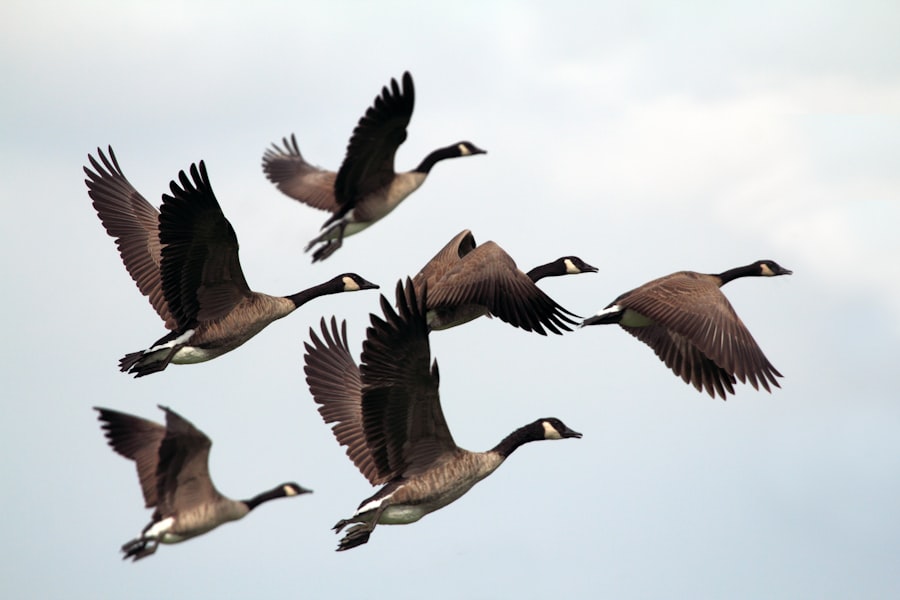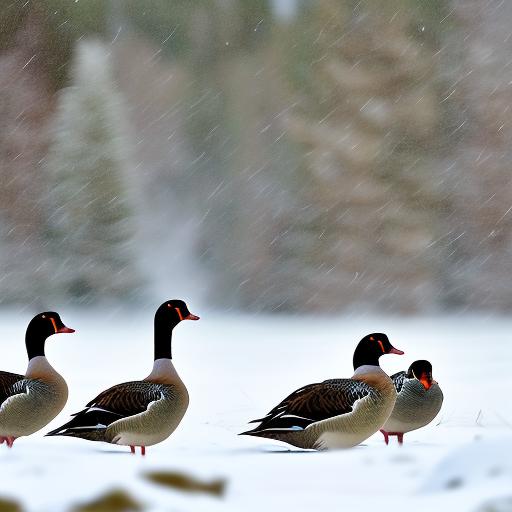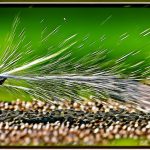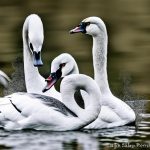Feathers are a remarkable adaptation that allows birds to survive in cold winter climates. The structure of feathers creates a layer of insulation that helps to trap warm air close to the bird’s body, keeping them warm even in freezing temperatures. The outer layer of feathers is designed to repel water, while the downy layer underneath provides exceptional insulation. This combination of feathers allows birds to maintain their body temperature and stay warm in the harshest of winter conditions.
Furthermore, the ability of birds to fluff up their feathers creates additional insulation by trapping more air within the layers of feathers. This fluffing action helps to create a thicker barrier against the cold, providing even more protection from the elements. The insulating power of feathers is truly remarkable and is a key factor in allowing birds to survive and thrive in cold winter environments.
Key Takeaways
- Feathers provide excellent insulation for birds, helping them retain body heat in cold weather.
- Birds huddle together in groups to conserve warmth and share body heat during winter.
- Birds have specialized circulatory systems that help them regulate body temperature in cold environments.
- Birds utilize body fat as an energy source to maintain their internal temperature during winter.
- Fluffing up their down feathers helps birds create an additional layer of insulation to stay warm.
- Birds seek shelter in protected areas such as dense foliage or tree cavities to escape harsh winter conditions.
- Behavioral adaptations such as reduced activity and increased foraging help birds survive the challenges of winter.
Huddling Together for Warmth
Another important adaptation for winter survival is the behavior of huddling together in large groups. Many bird species, such as penguins and certain types of waterfowl, will gather in large colonies or flocks during the winter months. By huddling together, birds are able to share body heat and stay warm more effectively than if they were alone. This communal behavior helps to conserve energy and keep individual birds from becoming too cold in harsh winter conditions.
In addition to sharing body heat, huddling together also provides protection from the wind and other elements. By forming a tight-knit group, birds can create a barrier against the cold and reduce the impact of harsh weather on their individual bodies. This behavior is a crucial adaptation for winter survival and allows birds to endure even the coldest of temperatures.
Specialized Circulatory System
Birds have a specialized circulatory system that helps them regulate their body temperature in cold weather. Unlike mammals, birds have a unique adaptation called a countercurrent heat exchange system. This system allows warm blood from the bird’s core to transfer heat to the cold blood returning from the extremities, such as the feet and legs. By exchanging heat between the two blood streams, birds are able to conserve body heat and prevent excessive heat loss in their extremities.
This specialized circulatory system is essential for winter survival, as it helps birds maintain their body temperature and prevent frostbite in their extremities. The countercurrent heat exchange system is a remarkable adaptation that allows birds to thrive in cold climates and endure even the most frigid winter conditions.
Utilizing Body Fat for Energy
In preparation for winter, many bird species will build up a layer of body fat to serve as an energy reserve during the colder months. This adaptation allows birds to survive periods of food scarcity and maintain their energy levels when resources are limited. By utilizing their body fat for energy, birds can sustain themselves through the winter and ensure their survival until food becomes more abundant.
In addition to providing energy reserves, body fat also serves as insulation, helping birds to stay warm in cold weather. The layer of fat beneath the skin acts as an additional barrier against the cold, providing extra protection from the elements. This adaptation is crucial for winter survival and allows birds to endure long periods of cold and food scarcity.
Fluffing Up their Down
Birds have the ability to fluff up their down feathers as a way to increase their insulation and stay warm in cold weather. By fluffing up their down, birds can trap more air within their feathers, creating a thicker layer of insulation against the cold. This action helps to retain body heat and keep birds warm even in freezing temperatures.
Fluffing up their down feathers also helps birds to repel water and maintain their insulation even in wet conditions. This adaptation is essential for winter survival, as it allows birds to stay warm and dry in harsh weather. The ability to fluff up their down feathers is a remarkable adaptation that enables birds to thrive in cold winter climates.
Seeking Shelter in Protected Areas

During the winter months, many bird species will seek out sheltered and protected areas to escape the harsh weather. This may include roosting in dense vegetation, finding sheltered nooks and crannies in trees or cliffs, or even seeking refuge in man-made structures such as barns or buildings. By finding sheltered areas, birds can escape the worst of the weather and stay warm and dry during the winter months.
Seeking shelter in protected areas also helps birds conserve energy by reducing their exposure to the elements. By staying out of the wind and cold, birds can minimize heat loss and maintain their body temperature more effectively. This behavioral adaptation is crucial for winter survival and allows birds to endure even the most severe winter conditions.
Behavioral Adaptations for Winter Survival
In addition to physical adaptations, many bird species have developed specific behaviors to help them survive the winter months. For example, some birds will adjust their feeding habits, seeking out different food sources that are more readily available during the winter. Others may change their daily routines, such as altering their roosting locations or adjusting their activity patterns to conserve energy.
Migration is another important behavioral adaptation for winter survival, as many bird species will travel long distances to warmer climates where food is more abundant. By migrating to more hospitable environments, birds can avoid the worst of the winter weather and ensure their survival until spring arrives.
Overall, birds have developed a wide range of physical and behavioral adaptations to help them survive the challenges of winter. From specialized circulatory systems to communal huddling behaviors, these adaptations allow birds to endure even the harshest of winter conditions and thrive in cold climates around the world.
If you’re interested in learning more about geese and their care, you might want to check out an article on PoultryWizard.com that discusses the incubation period for goose eggs. Understanding the breeding and hatching process is essential for anyone looking to raise geese. You can find the article here.
Meet Walter, the feathered-friend fanatic of Florida! Nestled in the sunshine state, Walter struts through life with his feathered companions, clucking his way to happiness. With a coop that’s fancier than a five-star hotel, he’s the Don Juan of the chicken world. When he’s not teaching his hens to do the cha-cha, you’ll find him in a heated debate with his prized rooster, Sir Clucks-a-Lot. Walter’s poultry passion is no yolk; he’s the sunny-side-up guy you never knew you needed in your flock of friends!







